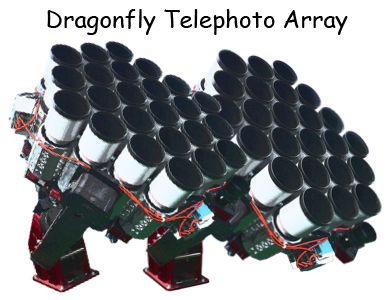Miscellaneous Functions¶
mrf.sbcontrast.cal_sbcontrast¶
This function calculates the surface brightness detection limit on a given angular scale. It requires the image and corresponding mask which masks out contamination after MRF. The usage is as follows:
_ = cal_sbcontrast(imaeg, mask, zeropoint=27.31, pixel_scale=2.5,
scale_arcsec=60, minfrac=0.8, minback=6)
Then it prints out the SB detection limit on the scale of 60 arcsec * 60 arcsec. You can also pass scale_arcsec=[10, 30, 60] to get SB limit on these three scales.
mrf.celestial.Celestial¶
This class is a convenient tool for you to manipulate astronomical images. It is almost a celestial body from an observational perspective. It has its image, header, WCS. The mask which masks out contaminations can also be stored as an attribute. Then this Celestial object can be saved to FITS file, can be shifted, resized, rotated, etc. What’s more, the user could check the image/mask/masked image simply by invoke Celestial.display_image().
mrf.celestial.Star¶
This Star class is the inheritance of Celestial class. It represents a small cutout, which is typically a star. Other than the functions inherited from Celestial, Star object has extra functions such as centralize, mask_out_contam. One can use this class to do PSF stacking easily.
mrf.utils.phys_size¶
This function gives you a nice API to calculate the physical scale at given redshift.
mrf.utils.azimuthal_average¶
You can get azimuthal average profile of a 2-D array by using this function.
mrf.utils.extract_obj¶
This function builds on sep.extract, and has new features such as measure AUTO magnitude (as in SExtractor) and FWHM of an object. It returns an objects catalog along with a segmentation map.
mrf.display.display_single¶
This function gives you the chance to display astronomical figures correctly in a cell of Jupyter Notebook. It uses zscale and arcsinh stretch. I like this function a lot.
